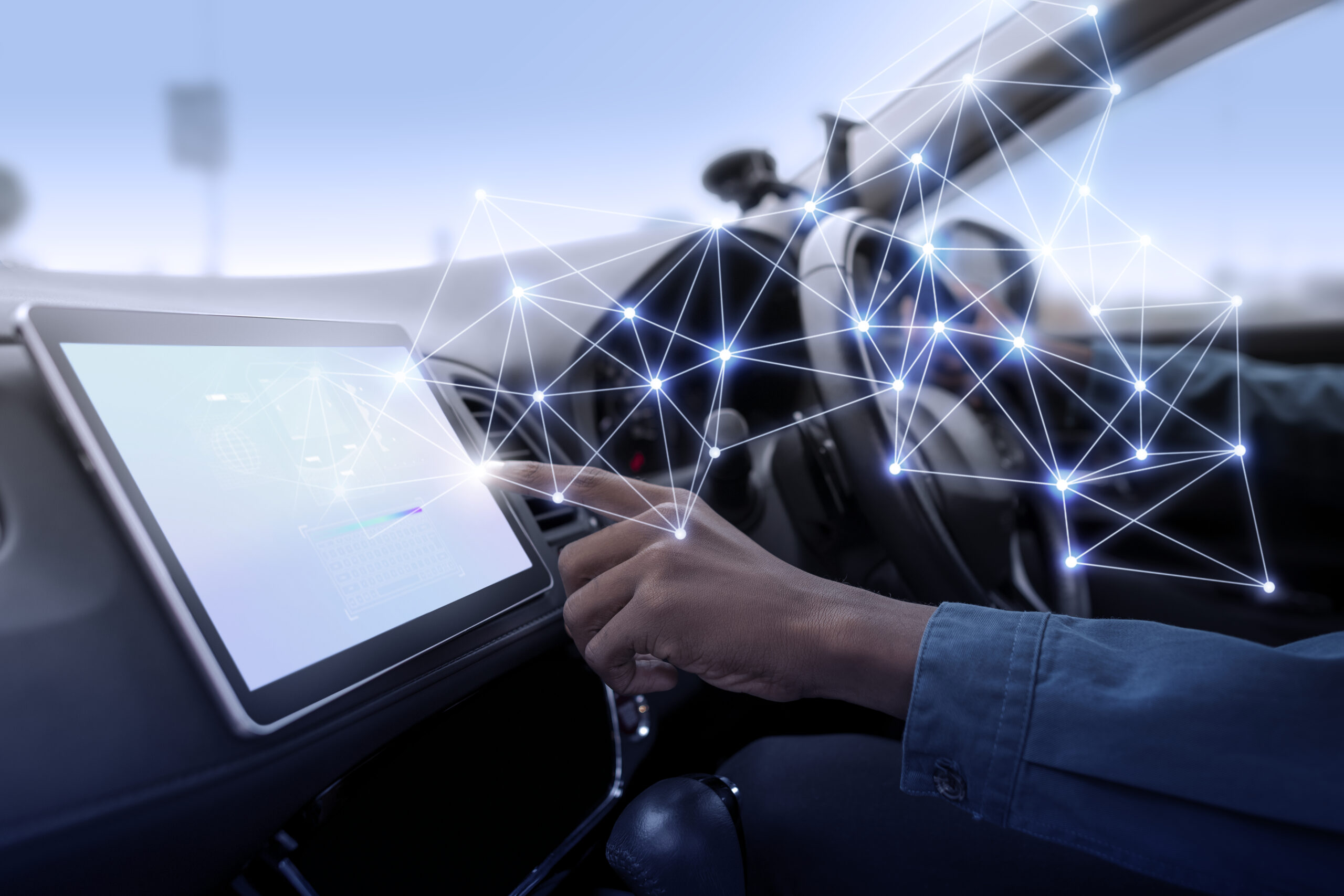Smart cars. Safer roads. At least, that’s the promise. Modern vehicles equipped with Autopilot and advanced driver-assistance systems (ADAS) are supposed to reduce accidents by using sensors, algorithms, and automation to protect us. But what happens when those systems miscalculate, disengage without warning, or fail to detect danger? In a split second, a high-tech safety feature can become the source of a serious crash.
As these technologies spread, they also complicate the question of fault. Was the driver distracted or overly reliant on automation? Did the software malfunction? Should the manufacturer have issued a warning or recall? For victims, these aren’t academic debates—they determine who pays for medical bills, lost income, and lifelong consequences. That’s why many turn to the experienced team at Babcock Injury Lawyers to sort out responsibility when smart tech fails to prevent a very human tragedy.
The Promise and Pitfalls of Self-Driving Features
Autopilot and ADAS systems include tools like lane-centering, adaptive cruise control, and automatic emergency braking. These features help reduce human error, which causes the majority of vehicle crashes. But they are not foolproof—and they were never meant to be used without active human oversight.
Many drivers don’t realize that these systems are “assistive,” not autonomous. They still require attention and control. Misunderstanding this distinction often leads to overconfidence, distraction, or delayed reactions, especially when drivers think their car can make decisions on their behalf.
When Drivers Rely Too Heavily on Automation
Even though instruction manuals and disclaimers warn drivers to stay engaged, marketing materials often paint a different picture. Some automakers use language like “self-driving” or “Autopilot,” which encourages drivers to treat the system as fully autonomous, even when it’s not.
This mismatch between marketing and actual function creates risk. If a driver is misled into trusting the system to react to hazards, they may not intervene quickly enough. In those cases, liability could shift toward the manufacturer for creating false expectations or failing to issue clear warnings.
The Manufacturer’s Role When the System Fails
When technology fails outright—such as a sensor glitch, braking delay, or improper software update—the vehicle manufacturer or component supplier could be held liable. These are product liability claims, and they require proof that the system had a design defect, manufacturing flaw, or insufficient warning.
Because ADAS systems often collect data, these cases can involve deep analysis of logs, crash reports, and even camera footage. That evidence can reveal whether the system misread its surroundings, failed to activate, or sent inaccurate feedback to the driver—all critical in assigning legal responsibility.
Updates and Glitches: The New Age of Recall
Today’s cars receive over-the-air software updates, often without the driver’s input. While convenient, these updates can introduce bugs or unintended behaviors. For instance, a recent patch could change braking sensitivity or reduce lane detection accuracy, sometimes with no formal recall or alert to the owner.
If an update contributes to a crash, manufacturers can be held responsible for failing to properly test or disclose changes. But proving the link between a digital change and a physical collision requires fast action and a legal team familiar with vehicle data systems and regulatory gaps.
Shared Blame: When Tech and Human Error Collide
In many cases, accidents involving ADAS features stem from both system failure and driver error. A distracted motorist may rely too heavily on lane assist, while the system fails to detect an obstacle. In Louisiana, fault can be divided between parties, meaning each share of blame reduces their share of damages.
For crash victims, it’s crucial to identify all potential contributors. Even if a driver made a mistake, tech failure may have made the crash worse, or preventable. A thorough legal investigation helps untangle these mixed responsibilities and maximizes recovery in complex cases.
Gathering Evidence from a Digital Crash Scene
Unlike traditional accidents, ADAS-related crashes leave behind digital fingerprints. Event data recorders (the car’s “black box”), software logs, sensor diagnostics, and mobile app histories can all tell a story that doesn’t appear on the police report. But that evidence doesn’t last forever.
Manufacturers may delay or deny access to crash data unless compelled by legal action. That’s why it’s essential to consult an attorney who can move quickly to preserve digital evidence, issue subpoenas, and consult engineers to translate raw code into a clear legal narrative.
Why Insurance Companies Struggle with High-Tech Crashes
Standard auto insurance policies weren’t built for crashes involving semi-autonomous systems and software disputes. Adjusters may struggle to assign fault, especially if both the driver and the technology failed. Some insurers try to deny or reduce claims by blaming the human operator, regardless of how the crash actually unfolded.
Legal representation can help cut through the confusion. With expert support, victims can hold all responsible parties accountable, including insurers who may try to downplay the complexity of the crash or deny coverage for injuries caused by defective tech.
The Road Ahead: Why Victims Must Lead the Way
Autopilot and ADAS technologies are here to stay, but the laws governing them are still catching up. Each crash and lawsuit helps define how accountability will work in an age of intelligent machines. By speaking up and pursuing fair compensation, victims don’t just fight for themselves—they help create safer standards for everyone on the road.
As technology evolves, so must the tools used to seek justice. When cars drive themselves into danger, it takes experienced advocates to drive the legal response forward. No matter how advanced the software, it’s still people—injured, misled, and deserving of answers—who matter most.

